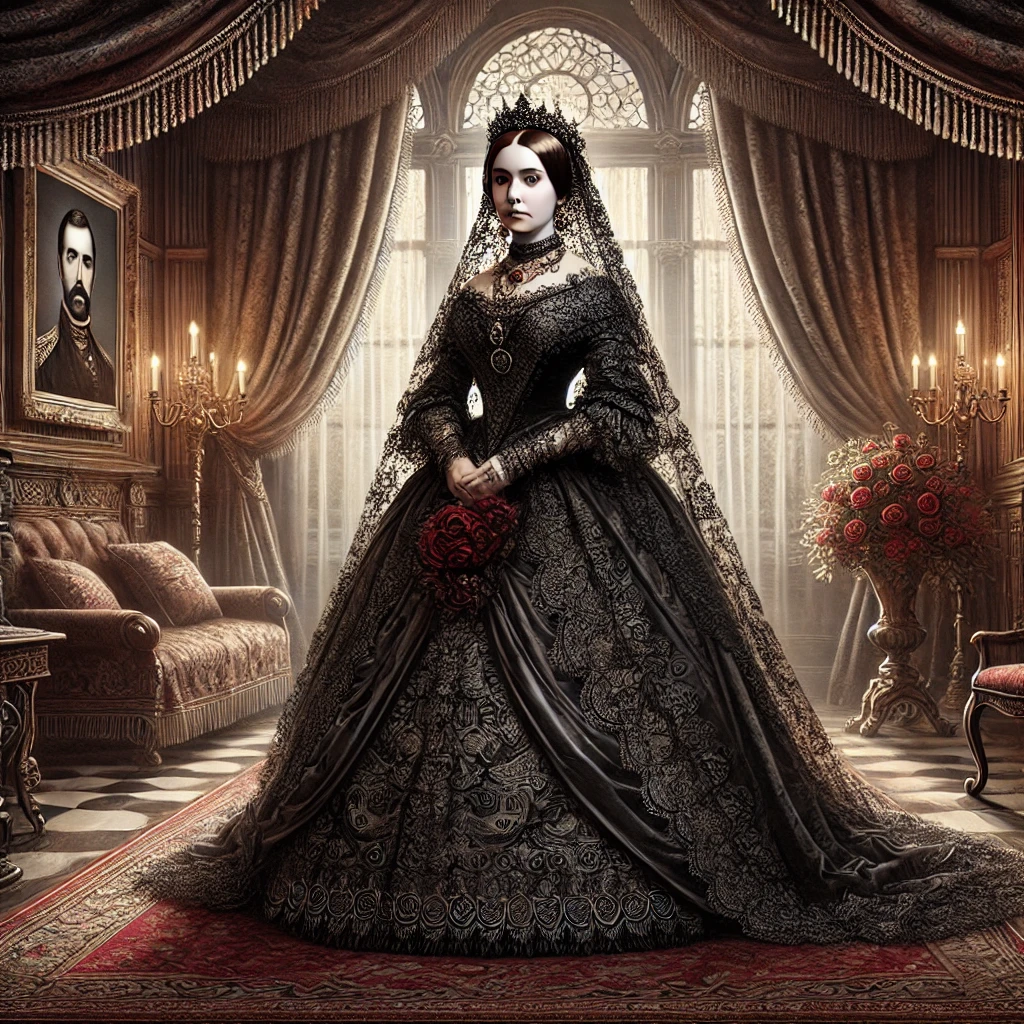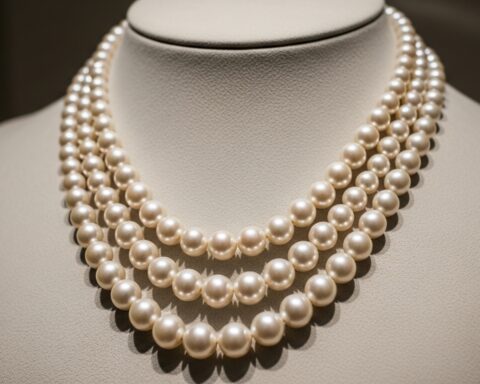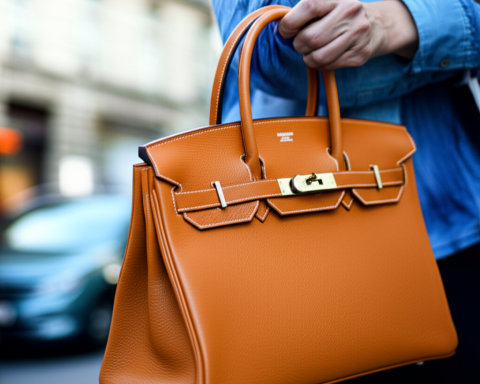Queen Victoria’s reign (1837–1901) not only defined an era in British history but also reshaped societal norms, particularly in the realms of fashion and mourning practices. Her profound grief following Prince Albert’s death in 1861 set a new precedent for mourning attire, influencing Victorian society and beyond. This article delves into the intersection of history, culture, and fashion, shedding light on the unique phenomenon of “Queen Victoria mourning fashion.”
The Death of Prince Albert: A Nation in Mourning
Prince Albert, Queen Victoria’s beloved husband, passed away on December 14, 1861, at the age of 42. His death marked a pivotal moment in British history, as Victoria’s grief permeated not only her personal life but also the cultural fabric of the nation. Victoria famously wore mourning clothes for the remaining 40 years of her life, solidifying the idea of extended mourning as a societal norm.
Victoria’s devotion to Albert and her public display of mourning resonated deeply with the Victorian public. Mourning became a visible and structured practice, governed by specific rules and expectations. This cultural shift was directly tied to Victoria’s influence and her role as a symbol of devotion and loyalty.
Mourning Fashion: The Black Silhouette
The Rise of Mourning Attire
Prior to Queen Victoria’s influence, mourning fashion was less rigid and more localized. However, under her reign, it became highly codified. The hallmark of mourning attire was its black hue, symbolizing grief and solemnity. Black dye, previously expensive and difficult to produce, became more accessible during the Victorian era, allowing a wider range of people to participate in mourning practices.
Stages of Mourning
Victorian mourning attire followed a strict timeline, divided into stages:
- Deep Mourning:
- Duration: One year and one day.
- Attire: Fully black outfits, including bombazine dresses, crape veils, and heavy fabrics.
- Accessories: Minimal jewelry, often made from jet or hair of the deceased.
- Second Mourning:
- Duration: Nine months.
- Attire: Slightly lighter fabrics and simpler designs. Small amounts of white trim were permissible.
- Half Mourning:
- Duration: Three to six months.
- Attire: Subdued colors such as grey, lavender, and mauve were introduced. This stage allowed for more freedom in fabric choice and jewelry.
The Role of Industry and Commerce
The Mourning Market
The rise of “Queen Victoria mourning fashion” fueled a booming industry. Mourning warehouses, such as Jay’s Mourning Warehouse in London, specialized in providing all the necessities for proper mourning. From black fabrics to veils and gloves, these establishments catered to the demand created by societal expectations.
Jet Jewelry
Jet, a fossilized form of coal, became synonymous with mourning jewelry. Popularized during Victoria’s reign, it was lightweight, elegant, and entirely black, making it an ideal accessory. Whitby, a town in Yorkshire, became a hub for jet production, exporting intricate pieces that are now considered collectible antiques.
Cultural Impact of Mourning Fashion
Global Influence
Queen Victoria’s mourning practices extended far beyond Britain. Her influence reached Europe and America, where mourning etiquette became similarly structured. The Civil War in the United States further solidified these practices, as mourning attire became a staple among those grieving lost soldiers.
Women and Identity
For Victorian women, mourning fashion was both a constraint and a statement. While it reinforced traditional gender roles by emphasizing devotion and piety, it also provided a unique space for self-expression through the intricate designs of mourning attire.
Interesting Facts About Mourning Fashion
- Hair Jewelry:
- Women often wore jewelry made from the hair of their deceased loved ones. These pieces were intricately braided or woven into brooches, necklaces, and rings.
- Crape Veils:
- Crape, a crinkled silk fabric, was a staple of deep mourning attire. Its dull appearance symbolized the somber nature of grief.
- Lavender and Mauve:
- Chemist William Perkin’s accidental discovery of mauveine dye in 1856 made mauve a popular color for half mourning, as it was affordable and vibrant.
- Children in Mourning:
- Even children’s clothing adhered to mourning customs, with boys wearing dark suits and girls dressed in black frocks.
The Decline of Mourning Fashion
The rigid practices of Victorian mourning began to wane after Queen Victoria’s death in 1901. The Edwardian era ushered in a more relaxed approach to grief, reflecting changing societal values and the decline of strict class distinctions.
Additionally, the First World War (1914–1918) marked a significant shift. With widespread loss and the need for practicality, mourning attire became less elaborate, and public displays of grief were simplified.
Legacy of Queen Victoria’s Mourning Fashion
While mourning fashion as a rigid practice has faded, its influence remains visible in modern customs. Black is still widely associated with funerals and mourning, a testament to the enduring impact of Victorian traditions.
Queen Victoria’s personal grief transformed the cultural landscape, intertwining fashion with societal values. Her legacy serves as a reminder of the power of symbolism and the profound ways in which personal loss can shape collective identity.
Conclusion
“Queen Victoria mourning fashion” is more than a historical curiosity; it is a reflection of an era defined by structure, symbolism, and sentimentality. By exploring the details of mourning attire and its cultural implications, we gain insight into the complexities of Victorian society and the enduring legacy of one of history’s most iconic queens.




